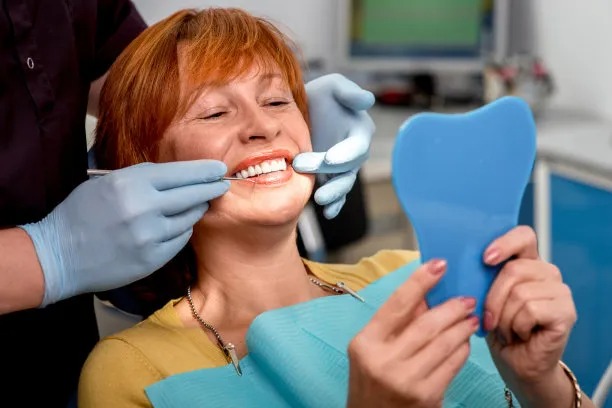Understanding the Process of Extracting a Tooth and Its Impact on Oral Health and Recovery
Summary: Tooth extraction is a significant dental procedure carried out for various reasons, including severe decay, overcrowding, or infection. Understanding the process involved in extracting a tooth can enlighten patients on what to expect, from initial consultation to recovery. This article delves into the extraction process, the importance of aftercare, potential impacts on oral health, and strategies to maintain proper hygiene during the recovery phase. Each section provides essential insights, ensuring that readers are well-informed about the entire dental experience and the steps required for optimal healing.
1. The Tooth Extraction Process Explained

The process of tooth extraction usually begins with a comprehensive examination by a dentist. They will assess the tooths condition, utilizing X-rays to understand its position and root structure. This step is crucial to determining the extraction method—simple or surgical. A simple extraction is performed on teeth that are visible in the mouth, while a surgical extraction is necessary for teeth that are broken below the gum line.
After determining the appropriate procedure, local anesthesia is administered to numb the area around the affected tooth. In certain cases, sedation may be offered to help the patient remain calm and comfortable. Once numbness sets in, the dentist employs specialized tools to loosen and remove the tooth from the socket. The entire process typically lasts anywhere from a few minutes to half an hour, depending on the complexity of the extraction.
After the tooth is extracted, the dentist will place gauze over the extraction site to control bleeding and initiate the clotting process. It is essential for patients to follow the post-extraction instructions given by their dentist to minimize risks of complications.
2. Importance of Aftercare Post-Extraction
Aftercare following a tooth extraction is paramount to ensure proper healing and reduce the likelihood of infections. Immediately following the extraction, patients are advised to bite down on a gauze pad for 30 to 45 minutes to help form a blood clot. Maintaining a clean and calm environment in the mouth is crucial during this period.
Patients should avoid strenuous physical activities for 24 hours post-procedure and refrain from spitting or rinsing too vigorously to prevent dislodging the clot. Soft foods and ample hydration are recommended while the extraction site heals. Foods such as yogurt, mashed potatoes, and smoothies are excellent choices to ensure nutrition without disrupting healing.
Additionally, it is important to keep the extraction site clean. The dentist may advise avoiding brushing the area for the first couple of days and might recommend using a saltwater rinse after the first 24 hours to promote healing and alleviate discomfort.
3. Impacts on Oral Health Post-Extraction
Tooth extraction can have both short-term and long-term impacts on oral health. In the short term, patients may experience pain, swelling, and discomfort, which are normal and should gradually subside with proper aftercare. However, neglecting proper care can lead to infections or a condition known as dry socket, where the blood clot fails to form correctly.
Long-term impacts may include potential shifts in adjacent teeth due to gaps left by the missing tooth. If tooth extraction is performed without planning for replacement, it can lead to misalignment issues, difficulty in bite function, and complications in chewing. Therefore, discussing options for replacing the extracted tooth, such as implants, bridges, or dentures, with the dentist is essential.
Regular follow-up appointments with a dentist after the extraction can help monitor recovery and address any concerns that may arise. This proactive approach ensures that any long-term oral health issues are managed effectively.
4. Maintaining Oral Hygiene During Recovery
Maintaining oral hygiene is crucial during the recovery period following a tooth extraction. Despite the discomfort, patients should prioritize their hygiene to avoid infections. Gentle brushing of the other teeth should continue, avoiding the extraction site. Using a soft-bristled toothbrush can minimize irritation to the healing area.
After a few days, patients can gradually reintroduce oral hygiene practices, including rinsing with a professional-recommended mouthwash. Its vital to avoid alcohol-based mouthwashes, as they can irritate the healing tissue. Proper rinsing techniques—gentle and without excessive force—are important to prevent any disruption to the clot.
Finally, regular visits to the dentist for ongoing oral health assessments are essential. They can provide personalized guidance on maintaining hygiene and identifying any emerging issues early on, ensuring a healthy mouth in the long run.
Summary:
In summary, understanding the process of tooth extraction, from the initial assessment to the critical aftercare stage, is vital for anyone facing this procedure. While post-extraction can pose challenges, with appropriate measures, patients can minimize complications and promote healthy recovery. Moreover, staying proactive about future oral health and hygiene will significantly enhance their overall dental well-being.
This article is compiled by Vickong Dental and the content is for reference only.



